Description
Child to Parent Violence and Abuse (CPVA) is a much misunderstood problem that affects the lives of millions of families around the world, possibly as many as one in ten. Despite this, and the lasting physical and psychological damage CPVA can cause, it is an underreported issue, and one that presents serious challenges to practitioners and support services – not least because it inverts our normal understanding of abuse within the family. With this book Helen Bonnick shares the knowledge that she has built up over many years specialising in CPVA as a social worker, practice educator and researcher. She brings this complex issue out of the shadows and provides much needed guidance to practitioners.
Following an introductory chapter, setting the scene and discussing definitions and language, the book is divided into five sections, which develop an understanding of the main issues before moving on to a more structured approach to work in supporting families. ‘Five impossible things to believe’ sets out five core issues in understanding an issue that many people still find hard to accept, setting the scene for future discussions. The second section, ‘Four traps to avoid’, addresses myths and stereotypes, looking at beliefs and assumptions that can impact on the delivery of a service. The third section, ‘Three aspects of work with families’ looks specifically at assessment and models of intervention, after some important consideration of the power issues at play. This is followed by a section on the difficulties emerging from our tendency to think in binary ways: ‘Two conflicting paradigms’; and lastly, ‘One thing that everyone can do’. The book closes with a final chapter for those interested in taking their learning further.
Throughout, the easily digestible chapters are illustrated with real-life anecdotes and testimony from families who have faced CPVA. Above all, this is a book which brings the families’ lives to the fore, and documents what they say helps, what hinders, and what they want to celebrate or protest. Each chapter includes a section called ‘What you can do’, which may have questions to reflect on, or suggestions of action to continue the work of bringing greater attention and increased resources to this crucial field of family support.
Download Ebook (UK customers)
Audience
Child to Parent Violence and Abuse is an ideal resource for professionals engaged in direct work with families including those in family support services, children’s services, youth offending teams, schools, the police, housing, domestic abuse and mental health services. It will also be of value to students on professional training courses.
Author
Helen Bonnick is a consultant, speaker and trainer on child to parent violence and abuse. She qualified as a social worker in 1983, and has since worked as a practitioner, supervisor and educator. She offers training and consultation services to local authorities and other groups and individuals. She no longer works directly with families, but always tries to respond to requests for advice. She contributed to the development of Home Office guidance on adolescent to parent violence and abuse, and writes a regular blog in this area.
Following an MA in Child Studies that focused on child to parent violence, Helen spent time building networks and consolidating training in this field. Her work culminated in the launch of www.holesinthewall.co.uk – an internationally accessed hub that brings together information on training opportunities, research findings, reading material, discussions and news features in one place for parents and professionals. The site now attracts 2,000 visitors per month.
Endorsements
‘This is an original, timely and important book that brings CPVA out of the shadows. It is primarily aimed at practitioners, but will be beneficial also to parents, academics and all who are interested in the phenomenon which is CPVA.’
(Ruth Jones, OBE, Principal Lecturer at the University of Worcester and founder of the Centre for Violence Prevention)
Details
ISBN: 978-1-912755-25-7
Publication date: 24th May 2019
Format: Paperback
Table of Contents
Foreword by Ruth Jones, OBE
Introduction
Part 1: Five impossible things to believe
Chapter 1: How much?
Chapter 2: It could happen to anyone
Chapter 3: The impact on families
Chapter 4: Punished for being a victim
Chapter 5: Nobody’s problem
Part 2: Four traps to avoid
Chapter 6: The difficult parent
Chapter 7: I blame the parents
Chapter 8: We need the young person to engage
Chapter 9: Just like domestic violence
Part 3: Three aspects of work with families
Chapter 10: Understanding the issue of power
Chapter 11: Full family assessment
Chapter 12: Whole family support
Part 4: Two conflicting paradigms
Chapter 13: Two conflicting paradigms
Part 5: One thing everyone can do
Chapter 14: One thing everyone can do
Chapter 15: Final words
Appendix 1: Acronyms used
Appendix 2: Programmes of work

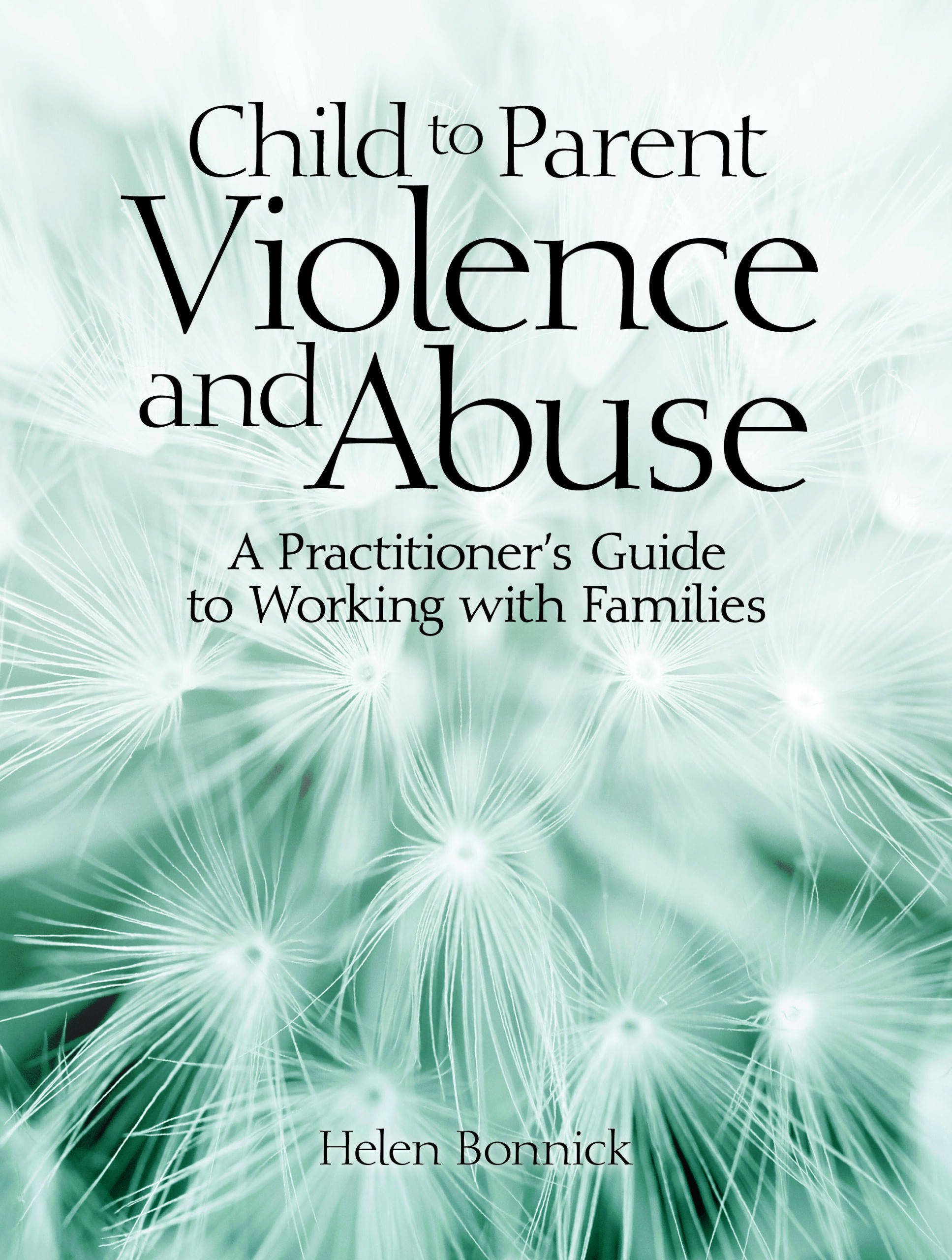
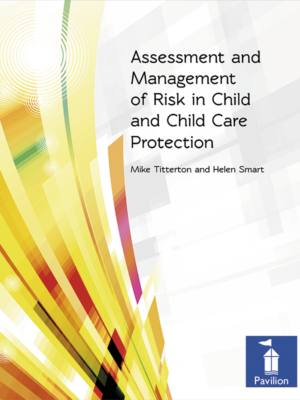
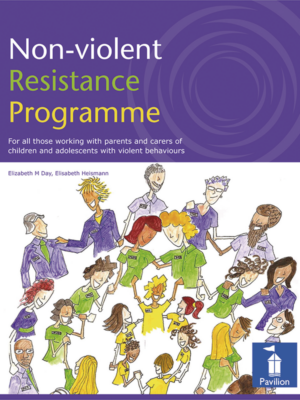
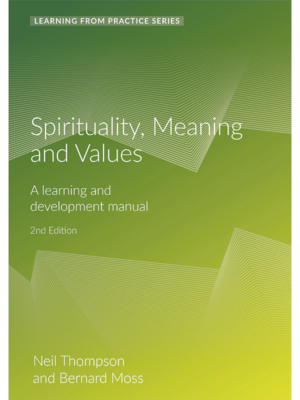
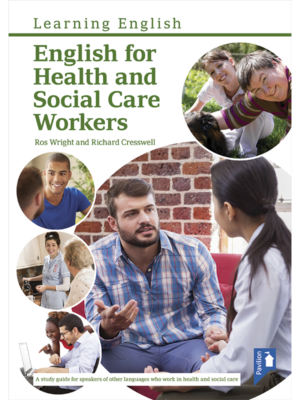
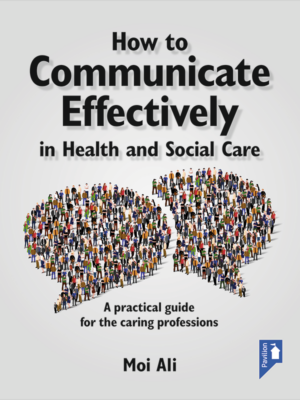
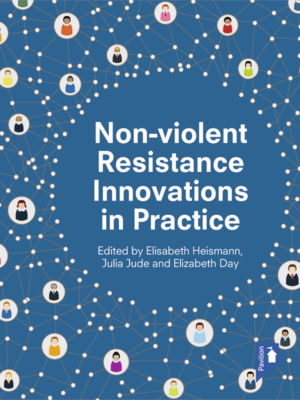
Sally Donovan, OBE –
Every now and then a book comes along that makes me want to grab a loud hailer and wear a
sandwich board displaying its cover with “READ THIS NOW, PLEASE” printed across the front. Helen
Bonnick’s Child to Parent Violence and Abuse is one of those books. If you work with families who
talk about or even allude to controlling, abusive, or aggressive behaviours directed towards them by
their child or a child they are caring for, then this is the book those parents need you to read.
Dr Ruth Jones, OBE, University of Worcester –
This is an original, timely and important book. Over the last decade CPVA has been more
prominent through research, and through parents increasingly drawing attention to it and
asking for help. This has led to a need amongst practitioners, to know how best they can
work with families experiencing it. I was thrilled to learn that this book was being written, and
even more thrilled to know that it was being written by Helen Bonnick.